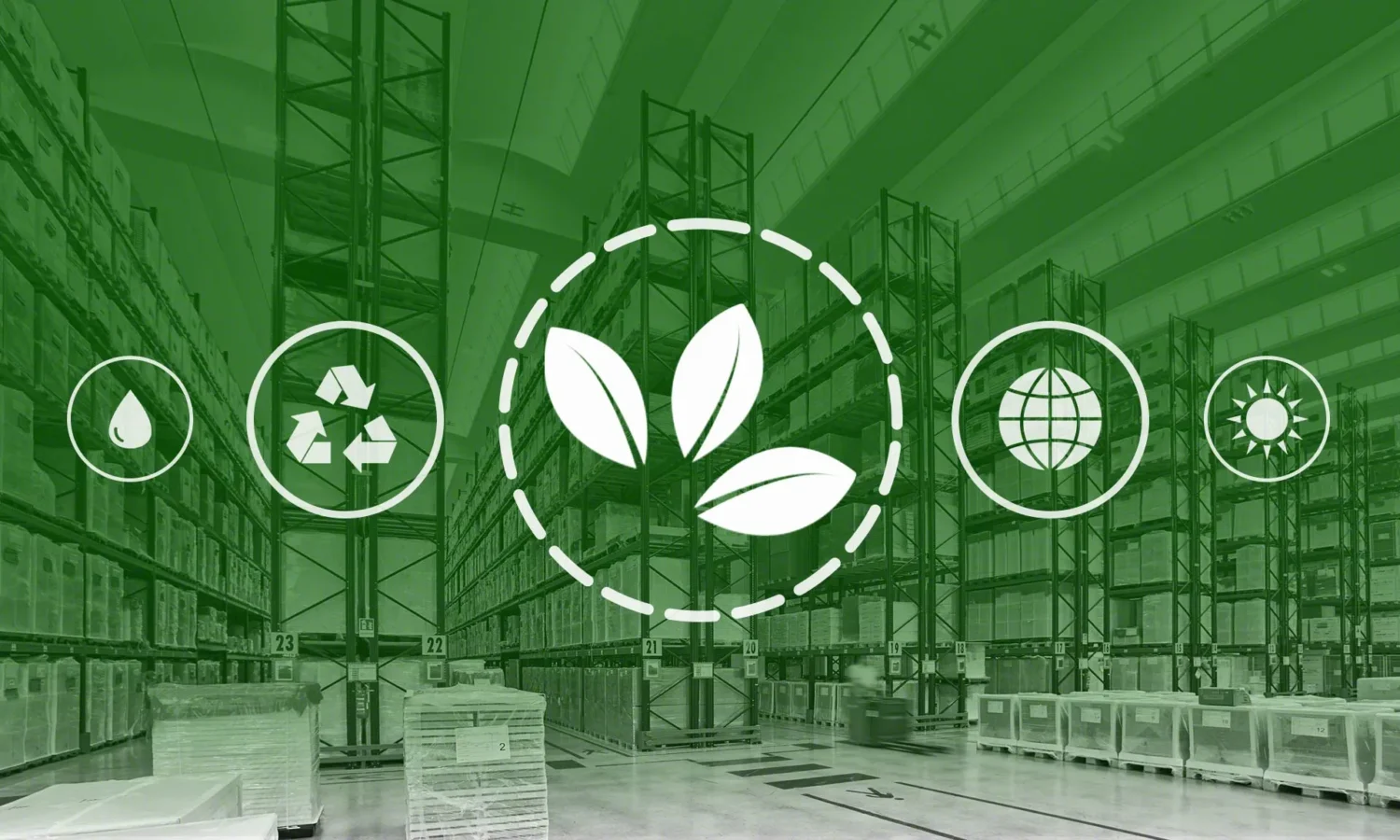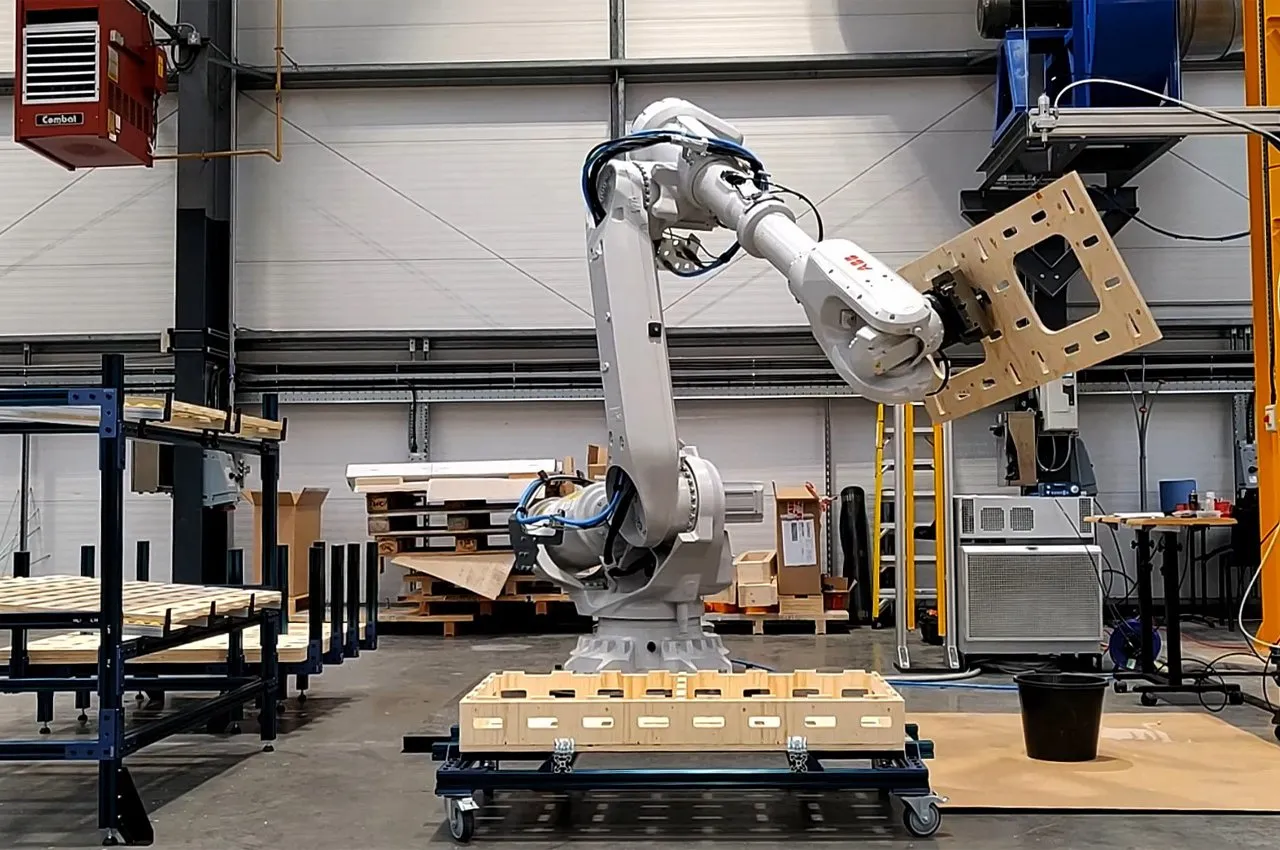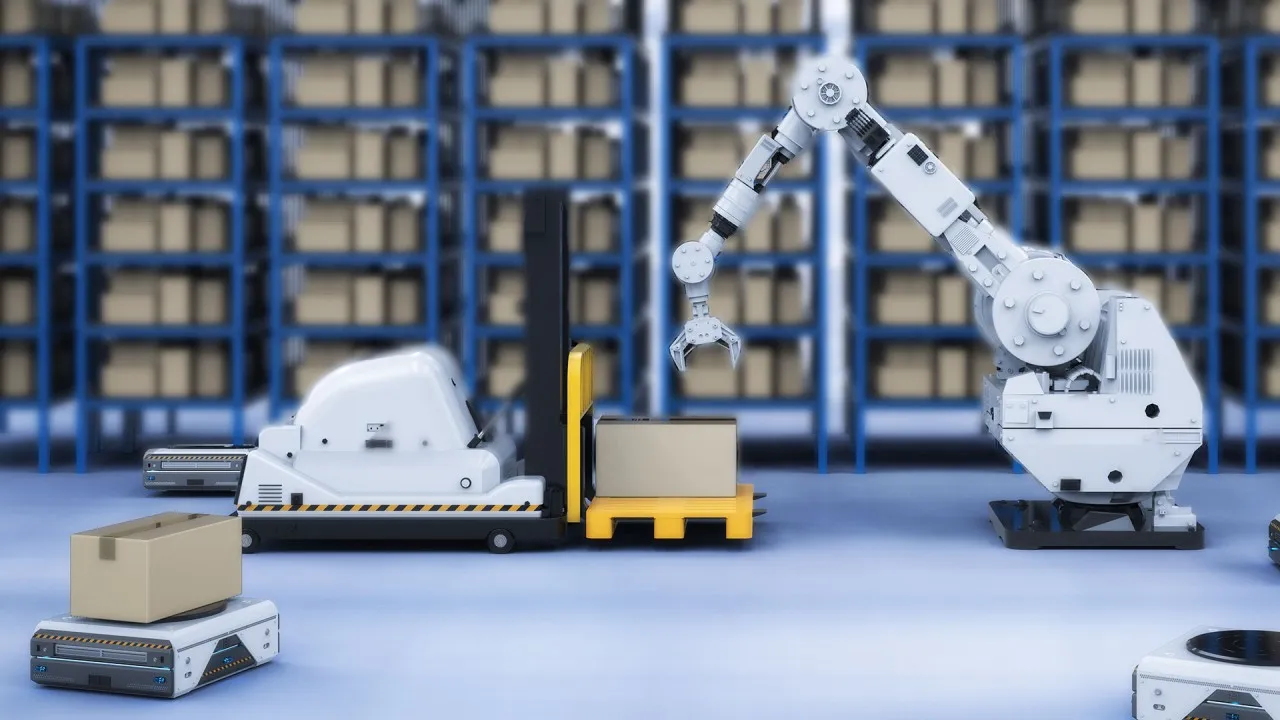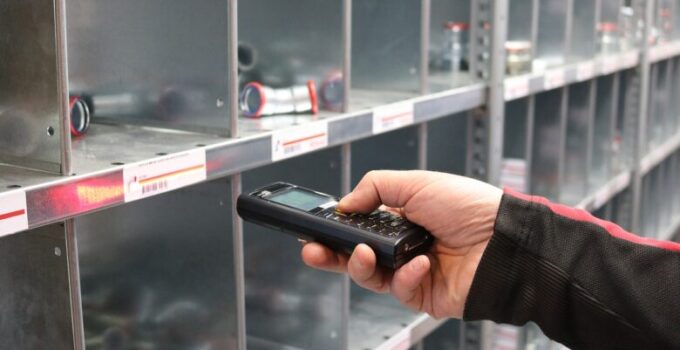In the ever-evolving landscape of logistics and supply chain management, the infusion of robotics into warehousing operations stands out as a revolutionary force, reshaping the industry’s traditional paradigms.
This comprehensive exploration delves into the profound and far-reaching impact of automated technologies on warehousing, highlighting key advancements, benefits, and the transformative journey that businesses embark upon to achieve unparalleled efficiency and productivity.
Pioneering Robotic Warehousing
The genesis of robotic technologies within warehousing is an evolutionary response to the escalating demands of a rapidly changing commerce landscape. Traditional methods, while reliable, found themselves inadequate in the face of burgeoning requirements. As a strategic solution, industries turned to automation, seeking not just efficiency but a holistic transformation of their operational dynamics.
Streamlining Operations with Cutting-edge Technologies

Source: medium.com
This journey into the heart of warehousing evolution highlights the importance of staying abreast of technological advancements and embracing innovation for sustained success
Automated Storage and Retrieval Systems (AS/RS)
At the forefront of this transformation is the implementation of AS/RS, a groundbreaking technology that goes beyond mere storage solutions. Employing robotic arms and conveyors, AS/RS not only optimizes space utilization but also accelerates order fulfillment processes, reducing retrieval times and significantly minimizing the margin for human error.
In the realm of warehousing evolution, cutting-edge solutions such as Modula‘s advanced storage systems further amplify the efficiency and adaptability of automated technologies, redefining how businesses optimize their storage and retrieval processes.
Autonomous Mobile Robots (AMRs)
The advent of AMRs represents a paradigm shift in warehouse logistics. These adaptable robots, navigating autonomously through the facility, redefine the very notion of operational agility. From seamless goods transportation to real-time inventory tracking, AMRs contribute to the creation of a dynamic and responsive warehousing environment.
The market for AMRs is experiencing exponential growth. According to a report by MarketsandMarkets, the AMR market size is projected to reach USD 9.1 billion by 2026, driven by the need for flexible and efficient material handling solutions in warehouses.
Cognitive Robotics and Artificial Intelligence (AI)

Source: forbes.com
The integration of cognitive robotics and artificial intelligence represents the next frontier in warehousing. Cognitive robots, equipped with advanced AI algorithms, possess the ability to learn and adapt, enhancing decision-making processes. This evolution not only bolsters operational efficiency but also lays the foundation for predictive analytics, allowing businesses to anticipate and proactively address challenges.
Collaborative Robotics (Cobots)
Collaborative robots, or cobots, stand as a testament to the harmonious coexistence of humans and robots in the workplace. Unlike traditional industrial robots, cobots are designed to work alongside human workers, enhancing collaboration and efficiency. This collaborative approach not only improves overall productivity but also addresses concerns related to job displacement.
Warehouse Digitization and Data Analytics
The rise of robotic warehousing is inherently tied to the digitization of warehouses. Automated systems generate vast amounts of data, from inventory levels to operational performance. Leveraging advanced data analytics allows businesses to glean actionable insights, facilitating data-driven decision-making and strategic planning for future growth.
Environmental Sustainability in Warehousing

Source: interlakemecalux.com
A pivotal aspect gaining prominence is the integration of environmentally sustainable practices within automated warehousing. Robotics, when coupled with green technologies, can contribute to energy efficiency and reduce carbon footprints. The implementation of eco-friendly measures aligns with global initiatives for sustainability, portraying businesses as responsible stewards of the environment.
Cybersecurity in Automated Warehousing
With increased reliance on interconnected technologies, the issue of cybersecurity becomes paramount. As warehouses become more digitized and reliant on interconnected systems, ensuring robust cybersecurity measures is imperative. Safeguarding against potential cyber threats becomes integral to maintaining the integrity of operations and protecting sensitive data.
Regulatory Compliance and Ethical Considerations
The integration of robotic technologies brings forth a spectrum of regulatory and ethical considerations. Ensuring compliance with industry regulations and ethical standards becomes crucial. Navigating this landscape requires a proactive approach, with businesses engaging in continuous monitoring and adapting their automated processes to align with evolving legal and ethical frameworks.
Customization and Modular Robotics

Source: yankodesign.com
Tailoring automated systems to specific business needs is a growing trend. Modular robotics allows businesses to customize their automated solutions, adapting to unique warehouse layouts and operational requirements. This level of flexibility ensures that businesses can optimize their automation investments for maximum efficiency and adaptability.
Precision, Efficiency, and Accuracy Redefined
The integration of robotics is not a mere automation of tasks; it heralds a new era characterized by heightened precision, efficiency, and accuracy.
Unprecedented Order Fulfillment Precision
Robotic systems operate with an unparalleled level of precision, ensuring that each order is not just fulfilled but meticulously picked, packed, and shipped. This not only elevates customer satisfaction but also serves as a robust defense against errors that might compromise the integrity of the supply chain.
Continuous Operations for Unmatched Throughput
Robots, unlike their human counterparts, operate tirelessly, 24/7. This continuous workflow minimizes downtime, optimizes throughput, and ensures that warehouses can seamlessly meet the demands of a market that never sleeps, providing businesses with a sustained competitive edge.
Navigating Challenges for Seamless Implementation

Source: amsc-usa.com
The adoption of robotics in warehousing is not without its challenges. However, the technological advancements in robotics have addressed and mitigated many concerns, paving the way for a smoother integration process.
Contrary to concerns about job displacement, the International Data Corporation (IDC) estimates that for every job lost to automation in warehousing, three new jobs will be created. This highlights the transformative effect of robotics, not as a replacement but as a catalyst for workforce evolution.
Workforce Transition as a Catalyst for Upskilling
The introduction of robotics often raises concerns about job displacement. However, the symbiotic relationship between human expertise and robotic precision leads to a workforce that can focus on more complex tasks, fostering upskilling and job enrichment rather than job loss.
Strategic Technological Integration
As with any technological shift, the key lies in a strategic and collaborative approach to integration. Partnerships between technology providers and businesses ensure a seamless process, overcoming compatibility issues and maximizing the benefits of automation.
Continuing the Journey: A Forward-Looking Perspective

Source: linkedin.com
In the ever-evolving landscape of robotic warehousing, the journey is far from over. Ongoing research and development promise even more breakthroughs, from advanced sensory technologies enhancing robot perception to innovations in human-robot interaction.
The roadmap ahead involves staying abreast of these developments, embracing the possibilities they present, and continually optimizing warehousing operations for sustained success.
Final Words
In this journey through the transformative landscape of robotic warehousing, we’ve uncovered the pivotal role of automated technologies in reshaping the industry’s core dynamics. From the pioneering days of robotic integration to the current landscape of cognitive robotics and sustainable practices, the narrative has been one of evolution, efficiency, and adaptability.
As we reflect on the precision, efficiency, and accuracy redefined by robotic systems, it becomes evident that this is not just about automation—it’s about setting a new standard for operational excellence. The continuous operations of robots, tirelessly optimizing throughput, underscore their indispensable role in meeting the relentless demands of a market that never rests.
Challenges in implementation have been acknowledged, but as we navigate the complexities, the symbiotic relationship between human expertise and robotic precision emerges as a catalyst for workforce upskilling and enrichment.
In the final analysis, the rise of robotics is not just a chapter in warehousing evolution; it’s the beginning of a new era, where efficiency, sustainability, and adaptability converge seamlessly. Tomorrow’s warehouses will not merely store products; they will embody the essence of precision, efficiency, and a forward-thinking approach to the challenges of a dynamic marketplace.




